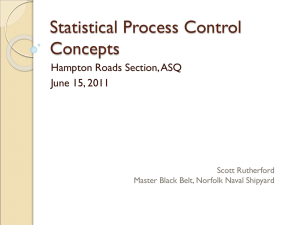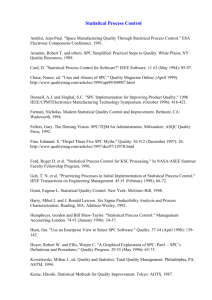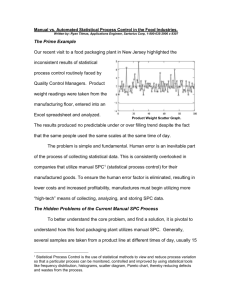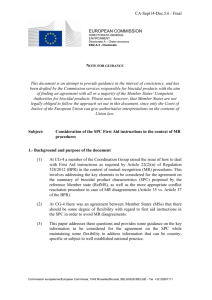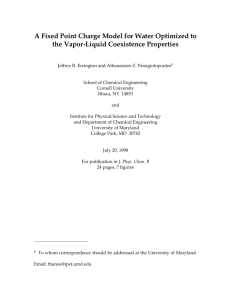Satellite Multispectral & Planktonic Evidence of Freshwater
advertisement
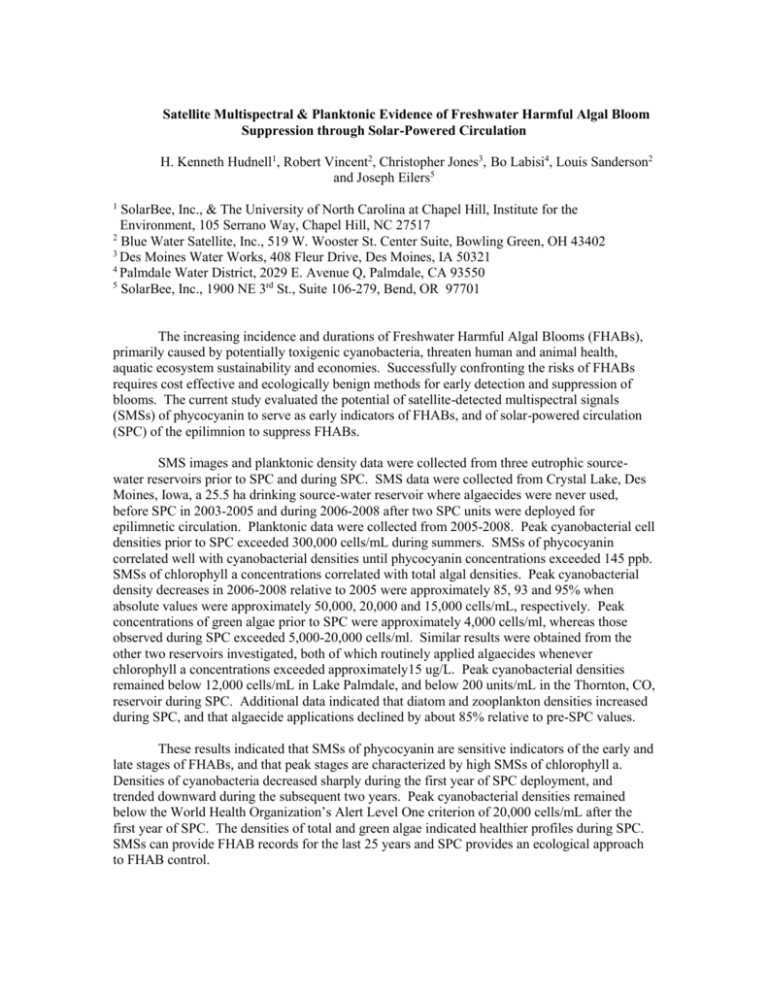
Satellite Multispectral & Planktonic Evidence of Freshwater Harmful Algal Bloom Suppression through Solar-Powered Circulation H. Kenneth Hudnell1, Robert Vincent2, Christopher Jones3, Bo Labisi4, Louis Sanderson2 and Joseph Eilers5 1 SolarBee, Inc., & The University of North Carolina at Chapel Hill, Institute for the Environment, 105 Serrano Way, Chapel Hill, NC 27517 2 Blue Water Satellite, Inc., 519 W. Wooster St. Center Suite, Bowling Green, OH 43402 3 Des Moines Water Works, 408 Fleur Drive, Des Moines, IA 50321 4 Palmdale Water District, 2029 E. Avenue Q, Palmdale, CA 93550 5 SolarBee, Inc., 1900 NE 3rd St., Suite 106-279, Bend, OR 97701 The increasing incidence and durations of Freshwater Harmful Algal Blooms (FHABs), primarily caused by potentially toxigenic cyanobacteria, threaten human and animal health, aquatic ecosystem sustainability and economies. Successfully confronting the risks of FHABs requires cost effective and ecologically benign methods for early detection and suppression of blooms. The current study evaluated the potential of satellite-detected multispectral signals (SMSs) of phycocyanin to serve as early indicators of FHABs, and of solar-powered circulation (SPC) of the epilimnion to suppress FHABs. SMS images and planktonic density data were collected from three eutrophic sourcewater reservoirs prior to SPC and during SPC. SMS data were collected from Crystal Lake, Des Moines, Iowa, a 25.5 ha drinking source-water reservoir where algaecides were never used, before SPC in 2003-2005 and during 2006-2008 after two SPC units were deployed for epilimnetic circulation. Planktonic data were collected from 2005-2008. Peak cyanobacterial cell densities prior to SPC exceeded 300,000 cells/mL during summers. SMSs of phycocyanin correlated well with cyanobacterial densities until phycocyanin concentrations exceeded 145 ppb. SMSs of chlorophyll a concentrations correlated with total algal densities. Peak cyanobacterial density decreases in 2006-2008 relative to 2005 were approximately 85, 93 and 95% when absolute values were approximately 50,000, 20,000 and 15,000 cells/mL, respectively. Peak concentrations of green algae prior to SPC were approximately 4,000 cells/ml, whereas those observed during SPC exceeded 5,000-20,000 cells/ml. Similar results were obtained from the other two reservoirs investigated, both of which routinely applied algaecides whenever chlorophyll a concentrations exceeded approximately15 ug/L. Peak cyanobacterial densities remained below 12,000 cells/mL in Lake Palmdale, and below 200 units/mL in the Thornton, CO, reservoir during SPC. Additional data indicated that diatom and zooplankton densities increased during SPC, and that algaecide applications declined by about 85% relative to pre-SPC values. These results indicated that SMSs of phycocyanin are sensitive indicators of the early and late stages of FHABs, and that peak stages are characterized by high SMSs of chlorophyll a. Densities of cyanobacteria decreased sharply during the first year of SPC deployment, and trended downward during the subsequent two years. Peak cyanobacterial densities remained below the World Health Organization’s Alert Level One criterion of 20,000 cells/mL after the first year of SPC. The densities of total and green algae indicated healthier profiles during SPC. SMSs can provide FHAB records for the last 25 years and SPC provides an ecological approach to FHAB control.

